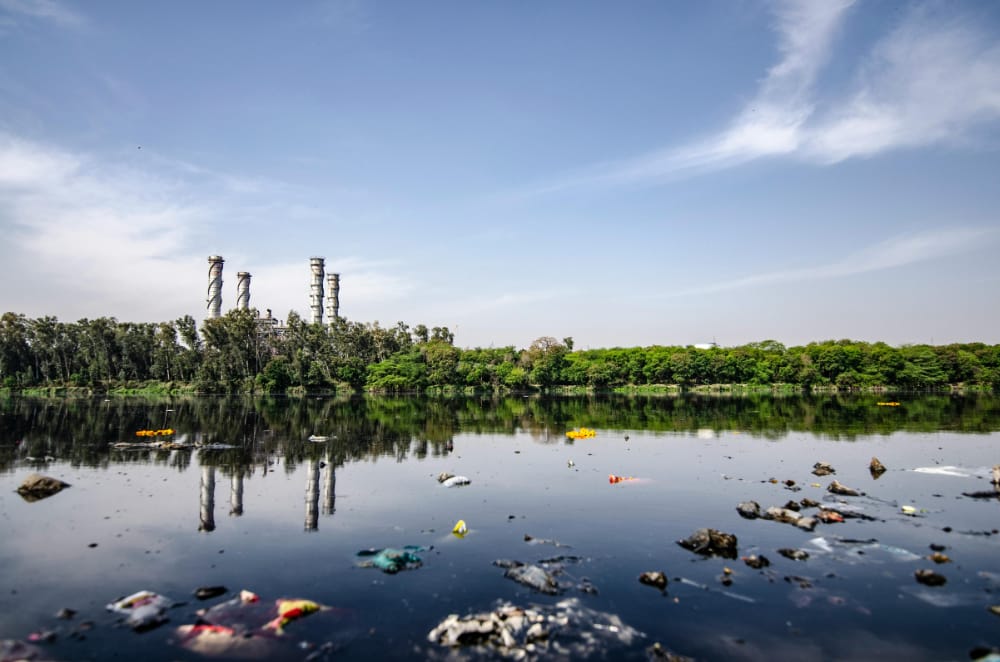Do toxic backlinks matter in 2024?
If the current understanding of how Google ranks websites is right, every site is like a leaky bucket.
It holds your website authority, but when you link to other sites, each link creates a hole through which a little bit of your site authority leaks into their bucket, and so on. Your bucket is simultaneously filling with authority from other sites, but what can you do if, to take this tortured analogy all the way, the water is polluted?
What are toxic backlinks?
We know from this year’s Google algorithm leak that they assign every site a score based on aggregate factors including technical health, user behaviour and backlink quality. While this was pretty much the way the industry had assumed it worked for years, the confirmation was still nice.
A link from a well-maintained and updated site would be a positive, endorsing your site’s status as an authoritative destination for information about whatever it is you do. On the flipside of this, what if you’ve got links from sites that aren’t being maintained? Maybe they don’t have a security certificate (giving them the https address, a must for Google), or even worse, they might be previously legitimate websites that have since been hacked.
They don’t represent a positive trust factor for your site, in fact it’s the opposite. You might also have no idea they’re there, unless you invest in a dedicated tool like AHRefs or SEMRush.
Why do toxic backlinks happen?
This is where we don’t have all the answers, or at least not entirely. There are old sites, and there are sites that linked to you before they were hacked, but there are also sites that get hacked and then add a link to your completely above board business.
There are a few suggested reasons for this, but in the end we can only speculate. This morning I checked on the website of a client and found that they have three new toxic backlinks from different sites, all three of which share the exact same text in the link and on the page itself - at least from what I could tell, because all three sites flagged as dangerous to Google, which refused to let me visit them.
The fact that the content is duplicated means this is most likely being done by bots, not humans. They might be building the quality profile of a site which criminals want to prove is genuine so they can use it to commit ad fraud, or they might be bad actors working for an enemy state which is trying to do something more insidious.
Scary stuff. But can you fix it?
How to get rid of toxic backlinks
You’ve invested in an SEO tool, and found you’ve got a ton of links that you don’t want that are probably bringing your site authority down. You know what their URLs are and can see the meta description for each page via your SEO tool, which will give you an idea of whether it’s legit or not. You’ve now got two options.
- You can contact the site owner and ask them to remove the link. This bit of advice is still being given out so I’m mostly including it for completeness, and so we can have a bit of a laugh about how you do that when your antivirus software won’t let you visit the site.
- Hopefully you’ve followed the advice in our previous article and set up Google Search Console. If you haven’t, you’ll need to do that first, then come back.
Right, done? Now you can use Google’s Disavow tool, which is here: https://search.google.com/search-console/disavow-links
How the Disavow tool works
You’ll need a plain text file which lists all the backlinks you want to disavow (basically, telling Google not to count the link to you when it’s assessing your site). Most of the SEO tools will do this for you, and SEMRush has a particularly helpful setup. You just upload the list via the link above, and hey presto! Google will, sooner or later, accept the list and apply it when indexing your site. The time quoted on submission is quite long, I’ve found it is usually much quicker.
Does removing toxic backlinks have an effect?
Toxic backlink theory has taken a bit of a hit because Google experts have repeatedly said that they don’t affect your site, but it’s good to remember that they are the same experts who said Google doesn’t apply an aggregate quality score to your site.
We’ve had success for a luxury menswear client who had picked up a slew of bad backlinks following a site migration. Prior to submitting an updated disavow list for them, some of their major keywords were fluctuating in position, but we’ve seen that settle down, allowing us to focus on achieving organic growth.
We can’t be certain of the impact, because in Search Optimisation we never can, but in legal terms, the balance of probabilities says it had a positive effect.
Backlink disavowal basics
The most important thing is to be sure about the sites you’re disavowing. Look at the clues:
- Does the meta description consist of random words?
- Does it seem like the site should be linking to you?
- Is the site domain from a country that you have no link with, or are suspicious of?
Basically, if you sell luxury lamps in Luton, would you expect to have a link from the website of an Australian plumber?
If the answer is “no”, then disavow that link. If the answer is “yes”, drop me a line, because that sounds like a story worth hearing.

